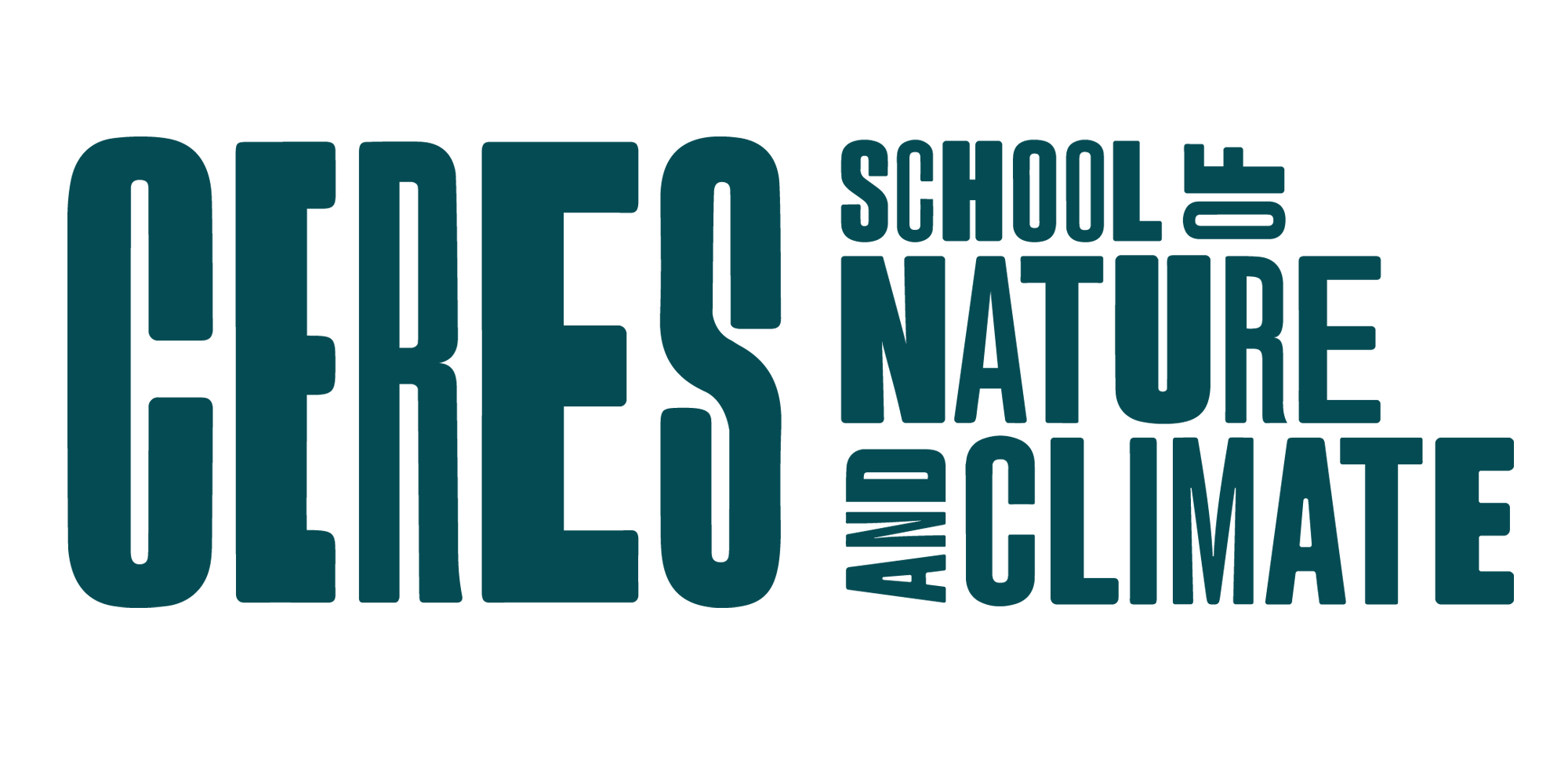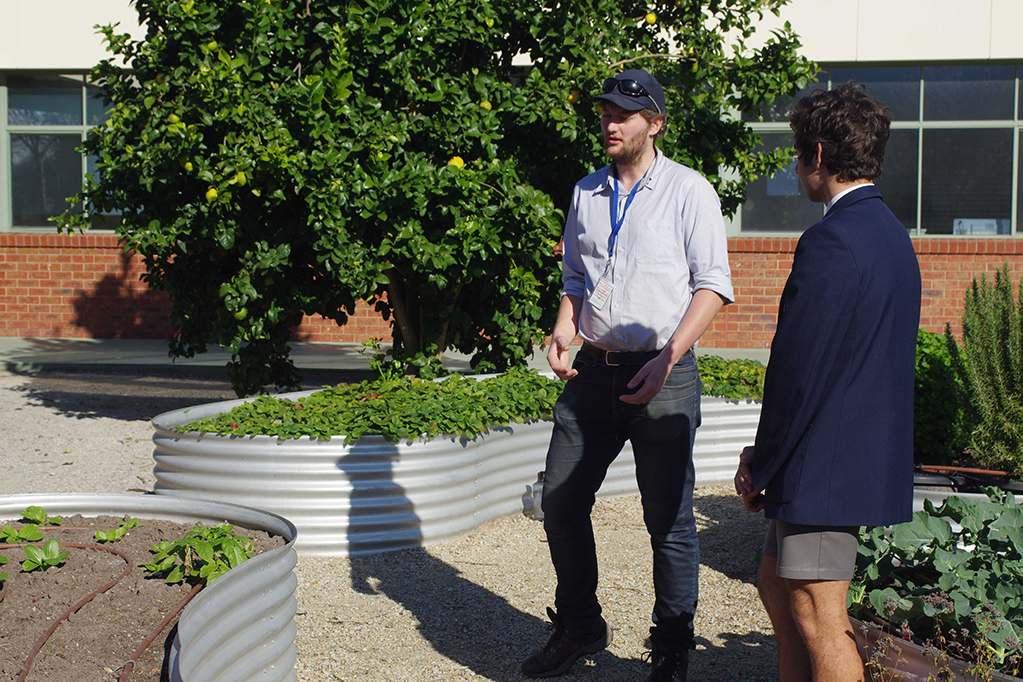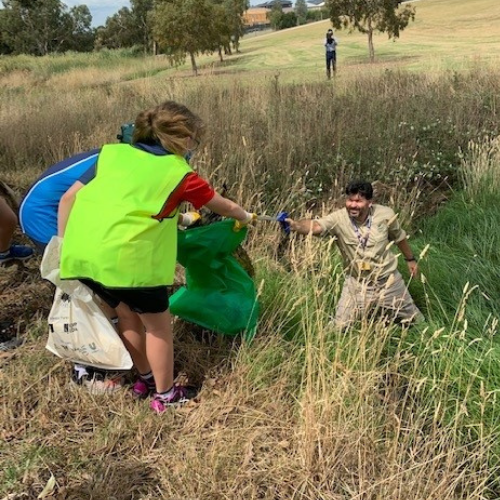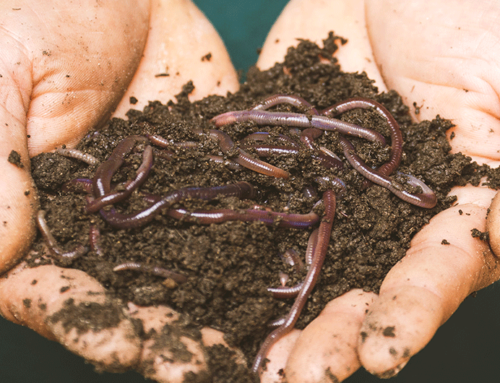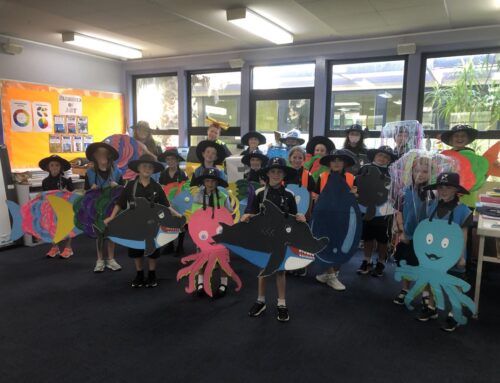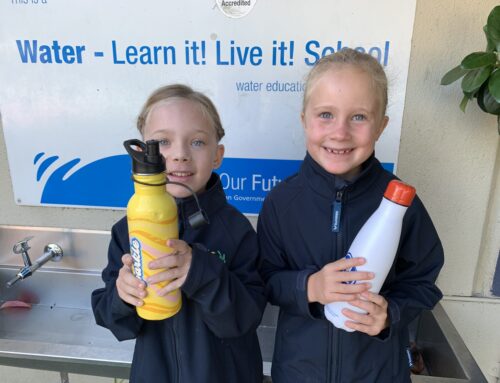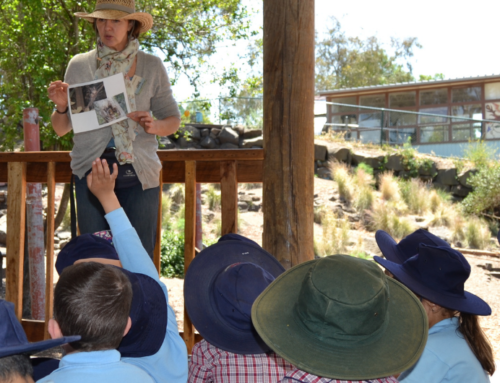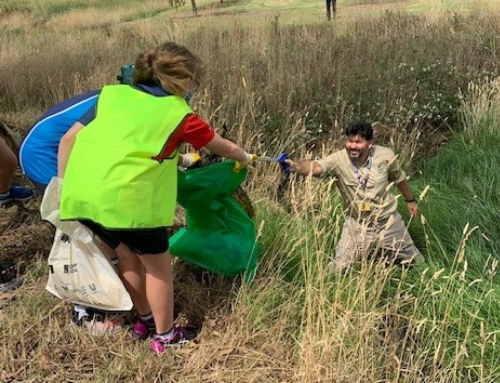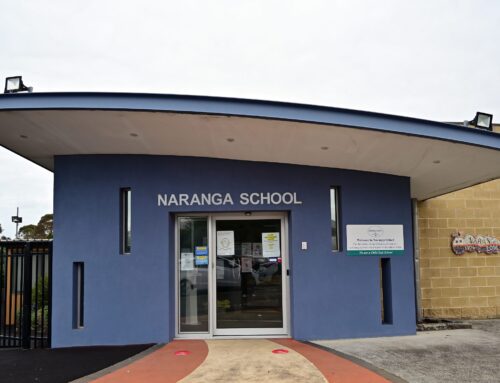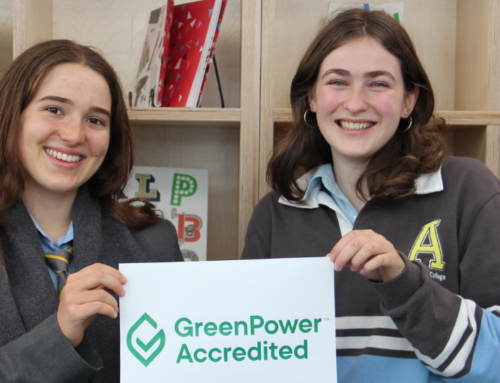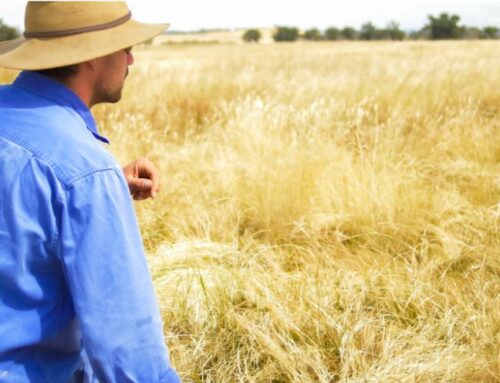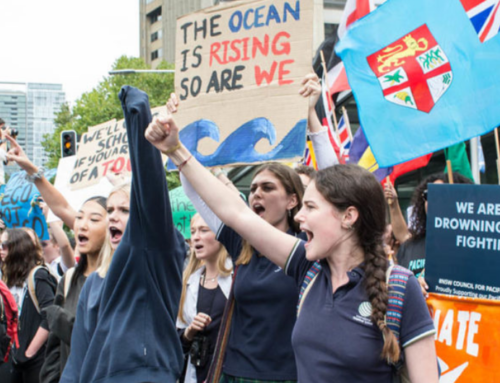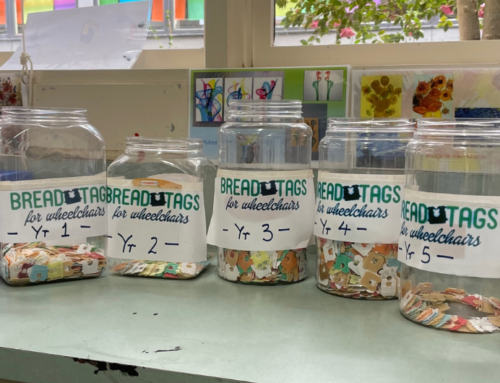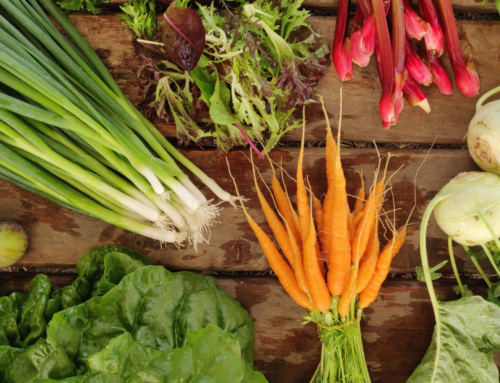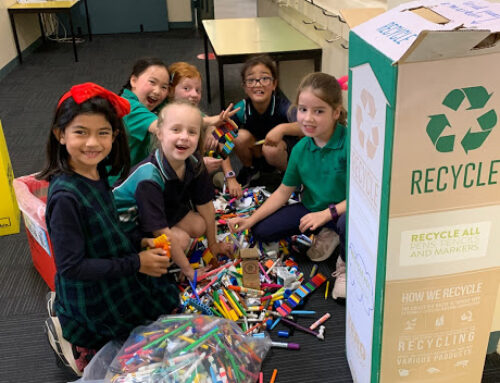By Deanne Jones
CERES Outreach Educator
More recently and rightly so, climate change has taken centre stage as one of the most important, concerning, wide ranging and impending issues in our (and our children’s) lives. The latest report from the Intergovernmental Panel on Climate Change (IPCC) sets the world a clear warning, a final call if you will!
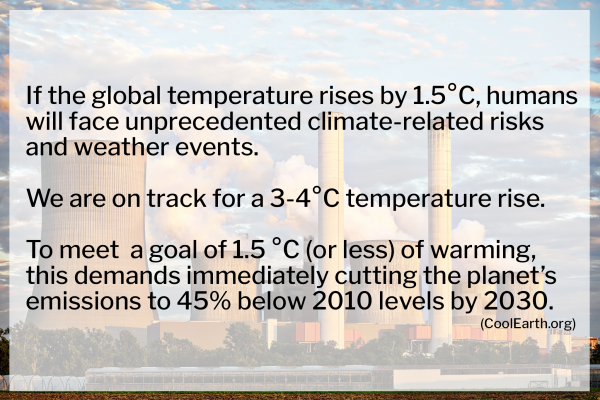
This ‘final call’ has in turn resulted in greater exposure in the media, conversations amongst friends and family and the most recent Federal election being labelled the ‘Climate Election’. In addition, it has led young people to the streets to strike against the inaction by our current government and the UK declaring it a climate emergency. Grass roots action is occurring around us which is reassuring but how do I, as a parent, empower my children to take leadership and not be scared or crippled by ‘Eco anxiety’.
As a parent of two primary school age children, the burden is heavy! I strive to bring them up with the best possible opportunities and qualities – happiness, kindness, equality, health, stability, education and success and I do find my attention taken by immediate concerns such as how they are going at school, their friendships, are they spending enough time outside? What am I cooking for dinner and/or are they eating healthy? In combination with the stresses of juggling modern day life, the issue can feel overwhelming and stressful to an adult let alone a child! How do we, as parents, make space for and take action to combat climate change?
For me, it started when they were very young…but with a different lens. It started with laying a foundation, and a connection to nature – introducing my children to natural habitats like our local creek – the Merri creek, exploring the first nation people’s views and interactions with the land, and also exploring the beach and bush habitats in Victoria, Australia. We have done this through day trips, walks, camping and participating in clean up and planting days.
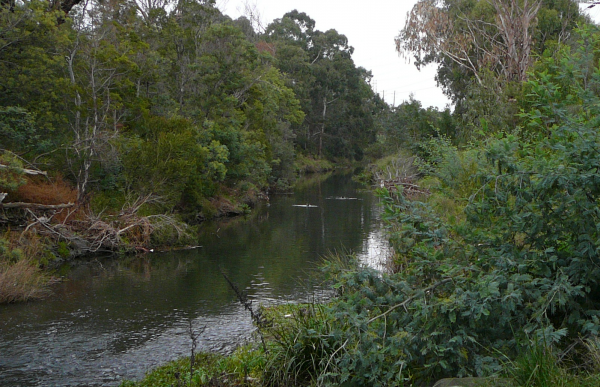
The Merri Creek
Such experiences have given my children a sense of why taking care of the earth is important. This, I believe, ultimately will help them grasp the stakes of climate change — and care about preventing it. These types of experiences may be enough for some children.
Although we have spent a lot of time in nature, encouraging an interest in science, indigenous perspectives and conservation and being conscious of our own daily impact, I hadn’t (until now) explicitly discussed climate change with them. I think I avoided the topic, to be honest, because of their young age, the doomsday nature and the enormity of the issue. How do you tell such young children what is at stake in their future?
It turns out, there are many ways to explore the topic of climate change with children in an age-appropriate way that doesn’t unnecessarily frighten them. Firstly, I believe the key is to ensure they have a love for and a connection to the natural world, have empathy and compassion which then leads to a focus on critical thinking skills and solutions.
We need to talk and we need to listen. And we need to hold our children’s hands and do something, together to empower them to be part of the solution.
When I felt the time was right, I started to do some research and have conversations with my peers and fellow parents to work out the best way to approach it. How had other’s approached it? Were there resources out there that may assist? Is a formal ‘sit down’ conversation the way to go or more a bite size informal approach? The result was encouraging – and there were some great articles, picture story books, short videos, support and tips out there. Here are a few that helped me to start the conversation…
We read a story…
‘The Tantrum That Saved The World’ by Megan Herbert & Dr. Michael E. Mann is a wonderful age appropriate introduction to the issue. There are very few children’s books available that address climate change in a delightful and encouraging way through activism. The story focuses on Sophia, who was visited by a number of animals and people from around the world who have been displaced by the effects of climate change (i.e. loss of habitat, food scarcity and extended drought). After overcoming her anger and frustration by the imposition of these uninvited guests, she soon realizes that these people and animals really need her help: “Good will costs nothing, and does nothing but good.” Sadly, when she tries to get adults to help her and her new friends, she’s ignored. That’s when she has a tantrum, making a loud fuss and takes on many actions to “save the whole world.” The book provides some solutions but also leaves it up to the reader whilst providing an empathetic focus. My 8yo daughter could relate to Sophia and really enjoyed the book which motivated her to think about how she could do her bit.
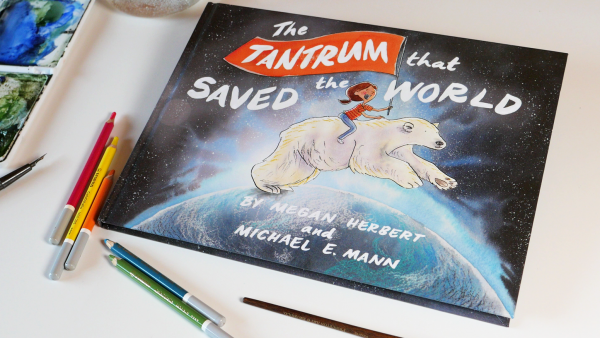
The Tantrum That Changed The World – by Megan Herbert and Michael E. Mann
Explore the facts and taking individual action…
Following on from this we decided to explore the facts. Having a clear understanding by doing my own reading beforehand gave me the confidence to decipher what information to include and what to exclude. There are many websites that have solid facts and great articles, in addition to the IPCC report. We decided, however, to continue exploring books (a favourite pastime). This led to reading a non-fiction big book called ‘Energy & Sustainability’ by Melissa Reve which explored electricity and its uses in our daily urban lives. It also explored ‘renewable’ and ‘non renewable’ technology and focussed on practical everyday actions to minimise our energy usage. My 5yo son really enjoyed this especially the reference to utilising pedal power to create energy.
Together we also watched a short video that explained the concept of the greenhouse effect and human induced climate change. The analogy of wrapping the earth with an extra blanket helped my children understand the basic scientific concepts. Our earth is too warm, it has a fever which is caused by human induced pollution, how can we work towards taking off the blanket? Both of these resources led to discussions and empowerment around individual actions and how we could to make a difference in our family (many actions we were already doing), like walking or cycling to school, throwing away less, composting, using less plastic, eating more seasonal food, putting on a jumper and hanging clothes out to dry.
Short video explaining the greenhouse effect and human induced climate change
Joined a climate action group
We also joined our school’s climate action group for parents. This has been an invaluable resource to help us feel part of a greater movement and a community, to bring about change, and for solidarity and support. We participated in a Climate Flags project, writing positive messages on flags that are in turn used to display at prominent events. The group also has a Facebook group that allows a safe space to share ideas and vent frustrations and participate in many community events. We are like minded individuals fighting together to combat this massive beast. It also allows for social interaction and play ultimately providing my children with a fun, social experience. These are just a few resources that helped me find the confidence to take the plunge and step up to the cause.

Climate flags made by the CERES Outreach team
What are the next steps? For now, I am going to let the dust settle and find opportunities to continue to bring up the issue in bite sized pieces as the children continue to mature and grasp the concept. We will continue to enjoy our interactions with our natural environment (both locally and state wide) and take individual actions in our lives in an attempt to influence others.
We are also going to continue the conversation with others and explore resources such as Climate for Change’s ‘Climate conversations’, attend more rallies, write to our politicians and join the many other families who are stepping up to take on this challenge.
Most importantly, I am going to continue to focus on solutions and highlight success stories and give my children the space to come up with their own role in changing the planet’s future.
One quote that continues to ring true to me is that of Margaret Mead, ‘Never doubt that a small group of thoughtful, committed citizens can change the world; indeed, it’s the only thing that ever has.’
Our children rely on it.
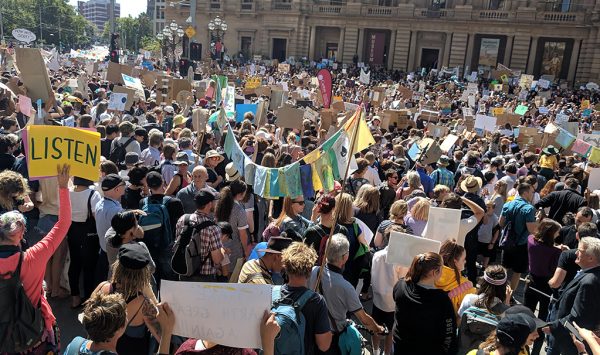
Climate change rallies have been organised by students

